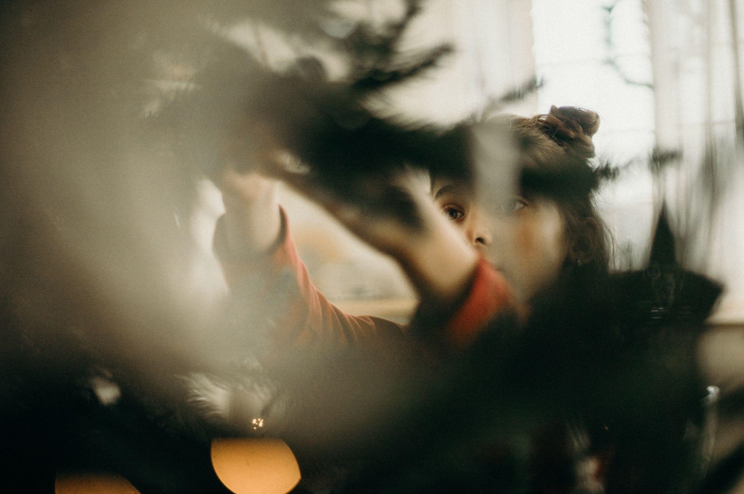The Environmental Impact of Traditional Christmas Trees
As the holiday season approaches, many families begin to think about their Christmas decorations, including the traditional prelit tree. However, only some consider the environmental impact these trees can have on the planet.
Firstly, most prelit Christmas trees are made of PVC plastic, a synthetic material that is not biodegradable and takes hundreds of years to break down in landfills. Additionally, many trees are shipped from overseas, increasing carbon emissions from transportation.
Furthermore, fake trees also require energy to produce and transport, contributing to the creation of greenhouse gases. In contrast, real trees are renewable and can be sustainably farmed. However, their disposal can also hurt the environment, as they are often thrown out and left to decompose in landfills.
Eco-Friendly Alternatives
Thankfully, there are alternatives to traditional prelit Christmas trees that can help reduce your carbon footprint without sacrificing holiday cheer.
One option is to opt for a real tree that has been sustainably farmed and sourced locally. Many tree farms have certifications, like the Rainforest Alliance Certified seal, that guarantee they have grown sustainably and have a minimal environmental impact.
Another eco-friendly option is purchasing a live, potted tree that can be replanted after the holiday. This ensures that the tree’s life continues beyond Christmas and reduces waste.
For those who prefer not to buy a tree at all, numerous DIY alternatives can be just as impactful. One creative option is making a tree from reclaimed wood or branches. Another eco-friendly idea is to hang ornaments and lights on a large houseplant or create a minimalist wall hanging using recycled materials.
Finally, options for those who buy a pre-lit tree are made from eco-friendly materials, such as recycled PVC or biodegradable materials like cardboard. These alternatives are often more expensive, but they offer a more sustainable choice for those who still want the convenience of an artificial tree.
Conclusion
In conclusion, it is essential to consider the environmental impact of our holiday traditions, including the use of prelit Christmas trees. By opting for alternatives like sustainably farmed real trees, live potted trees, or DIY alternatives, we can help reduce our carbon footprint and ensure a more sustainable future.
Remember, the most eco-friendly option is not to buy a traditional prelit tree. However, for those who purchase one, consider choosing eco-friendly alternatives made from recycled or biodegradable materials. Small changes can significantly impact creating a more sustainable future for future generations.
